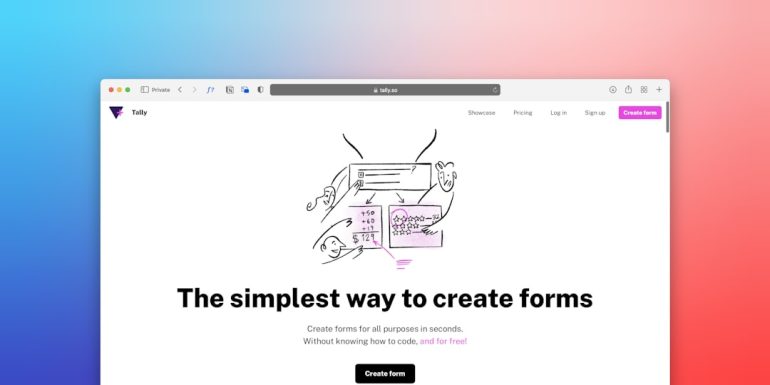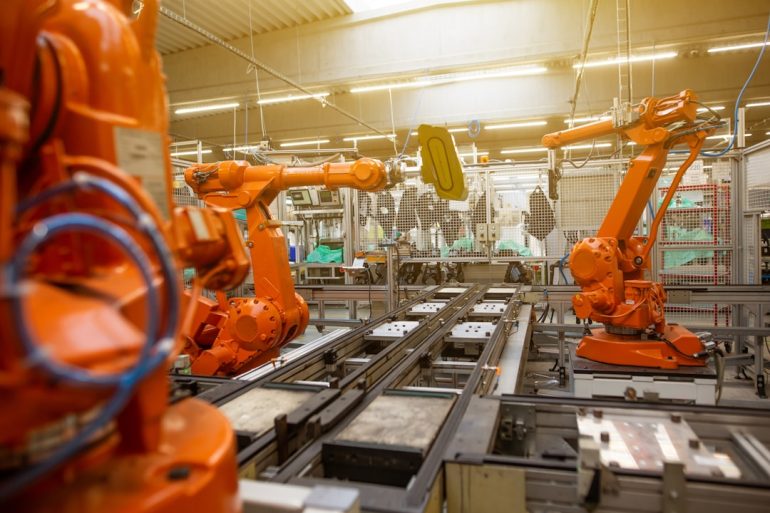How FMX Facilities Management Software Reduces Maintenance Costs by 30% and Boosts Efficiency
Reducing operational costs and improving efficiency are top priorities for any facility management team. With tightening budgets and rising expectations for uptime and service, organizations must find smarter ways to manage their assets, schedules, and workforce. One solution gaining significant traction is FMX Facilities Management Software, a platform designed to streamline maintenance operations, reduce overhead, and improve asset longevity. Multiple case studies and user reports indicate that FMX can reduce maintenance costs by as much as 30% while boosting overall operational efficiency.
The Rising Cost of Inefficient Maintenance
Table of Contents
Maintenance costs consume up to 40% of total operational budgets in many industries. Reactive (or “run-to-failure”) maintenance models lead to higher repair costs, unplanned downtime, and wasted labor hours. Facilities without centralized management tools often rely on disjointed systems and manual processes, which increase the risk of human error and delays.
By implementing an intelligent Computerized Maintenance Management System (CMMS) like FMX, organizations can shift to a proactive, data-driven facility management approach. This not only cuts costs, but also lowers energy usage, extends asset life spans, and improves the working environment for all stakeholders.
How FMX Reduces Maintenance Costs
FMX provides a comprehensive suite of features that target common maintenance inefficiencies. Here are some of the key ways FMX helps organizations trim their budgets significantly:
- Preventive Maintenance Scheduling: FMX automates the creation and assignment of recurring maintenance tasks, ensuring equipment is serviced before failure occurs. This drastically reduces emergency repairs and equipment downtime.
- Asset Lifecycle Management: Facilities gain visibility into every asset’s performance and maintenance history. This helps teams make informed decisions on repair vs. replace, maximizing asset investments.
- Workforce Optimization: FMX assigns tasks based on technician availability, specialization, and location, improving resource allocation and reducing idle time.
- Inventory Management: By tracking parts and supplies in real-time, FMX helps reduce excess inventory and ensures critical components are always in stock.
- Mobile Access: Technicians can view, update, and complete work orders from the field, eliminating the need to return to a central office and reducing administrative lag.

All of these features combine to reduce unplanned downtime, lower parts usage, and minimize overtime labor costs—contributing substantially to a 30% cost reduction in maintenance over time.
Boosting Efficiency Through Centralized Management
Beyond cost savings, FMX enhances the overall efficiency of operations. It provides a central platform where teams can manage building systems, schedule room usage, monitor energy patterns, and more. This unified approach improves communication, transparency, and planning.
Some major ways FMX boosts efficiency include:
- Customizable Dashboards: Facility managers can view key performance indicators (KPIs) such as work order completion times, average response delays, and asset downtime, enabling continuous improvement.
- Integrated Communication Tools: Alerts, notifications, and updates are automatically sent to stakeholders via email or app notifications, reducing miscommunications and missed deadlines.
- Data-Driven Decisions: Built-in analytics and reporting tools help teams identify maintenance trends, recurring problems, and areas for process optimization.
Instead of chasing service requests or manually compiling reports, facility teams can focus on strategic initiatives that improve workforce productivity and asset performance.
Real-World Results Backed by Data
Across education, manufacturing, healthcare, and public sector institutions, FMX is delivering measurable improvements. For example, a mid-sized school district reported a 35% reduction in maintenance costs within 18 months of deploying FMX. Meanwhile, a manufacturing company noted a 40% gain in technician productivity thanks to streamlined work orders and mobile work tracking.
FMX compiles and shares anonymized benchmarks from users across industries, demonstrating time after time that smart facilities management software is not a luxury—it’s a necessity.

Consider this: Maintenance managers using FMX have reported seeing early ROI within the first year, thanks to lower emergency repairs and better scheduling. By eliminating redundant paperwork and optimizing workflows, FMX helps clear inefficiencies from the top down.
Compliance and Risk Reduction
Another major advantage of FMX lies in its ability to help organizations remain compliant with industry regulations. Timely inspections, records, and documentation are all logged within the platform, providing an auditable trail of activity. This is particularly critical for industries like healthcare, aviation, and food processing, where compliance has legal and operational consequences.
FMX allows teams to:
- Automate Inspections and Checklists: Custom forms and digital checklists ensure consistent execution of procedures.
- Maintain Regulatory Records: All maintenance-related documentation is centralized and timestamped, easing accreditation audits and inspections.
- Mitigate Safety Risks: Immediate reporting and resolution of unsafe conditions protect both assets and employees.
The Value of Integration and Scalability
One of FMX’s most powerful offerings is its ability to integrate with other systems such as building automation, accounting software, ERPs, and more. This cross-functional capability enhances interdepartmental collaboration and increases data consistency.
Moreover, FMX scales with your organization. Whether managing a single facility or a multi-campus operation, the platform can grow with your needs without disruption. Cloud-based access makes it easy to coordinate teams across geographies and departments.
Getting Started with FMX
The transition to FMX is designed to be as seamless as possible. After initial onboarding, which includes data import, user training, and workflow setup, most teams experience noticeable improvements within the first few months. The intuitive interface reduces the learning curve, and live support teams are available to respond to issues or customization requests swiftly.
Organizations that commit to using FMX fully and incorporate it into their daily workflows typically see the greatest benefits, not only in cost reduction but in improved employee satisfaction and customer service levels.
Conclusion: A Strategic Investment in Operational Excellence
In an era where operational efficiency and cost management are more important than ever, embracing a dedicated facilities management platform like FMX is not just a technical upgrade—it’s a strategic decision. The software’s ability to cut maintenance costs by up to 30%, its scalability, and its proven impact on productivity make it a compelling solution for any facility striving toward better outcomes.
From daily maintenance operations to long-term asset planning, FMX empowers teams to work smarter, not harder. As organizations continue to prioritize digital transformation, investments in platforms like FMX are paving the way for the future of agile, data-driven facilities management.







